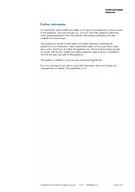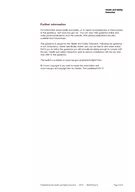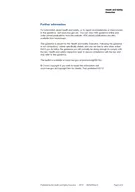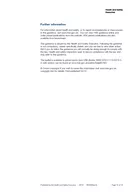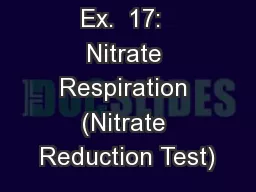PDF-Page of Health and Safety Executive The dangers of cellulose nitrate film This leaflet
Author : alexa-scheidler | Published Date : 2015-03-03
It gives advice on why cellulose nitrate film is hazardous how to identify cellulose nitrate films and negatives how to recognise signs of decomposition what to
Presentation Embed Code
Download Presentation
Download Presentation The PPT/PDF document "Page of Health and Safety Executive Th..." is the property of its rightful owner. Permission is granted to download and print the materials on this website for personal, non-commercial use only, and to display it on your personal computer provided you do not modify the materials and that you retain all copyright notices contained in the materials. By downloading content from our website, you accept the terms of this agreement.
Page of Health and Safety Executive The dangers of cellulose nitrate film This leaflet: Transcript
Download Rules Of Document
"Page of Health and Safety Executive The dangers of cellulose nitrate film This leaflet"The content belongs to its owner. You may download and print it for personal use, without modification, and keep all copyright notices. By downloading, you agree to these terms.
Related Documents



